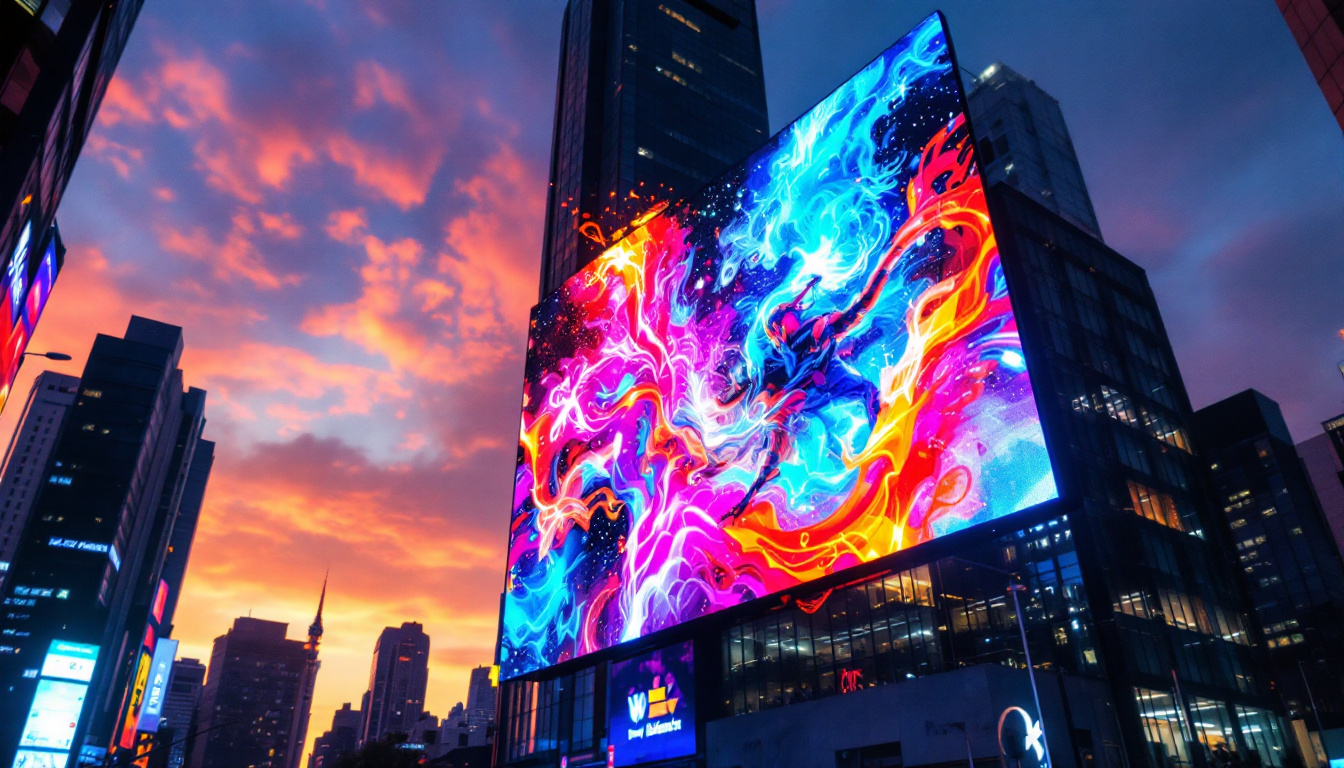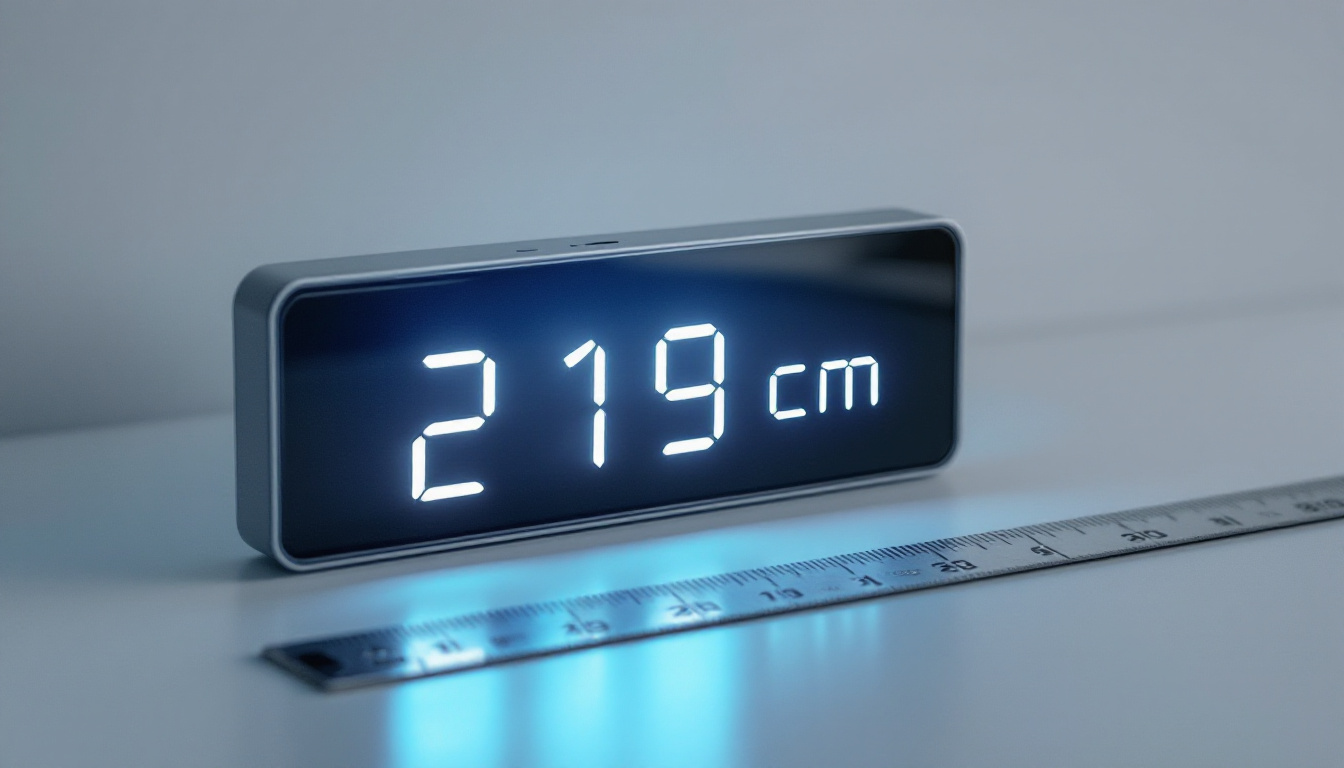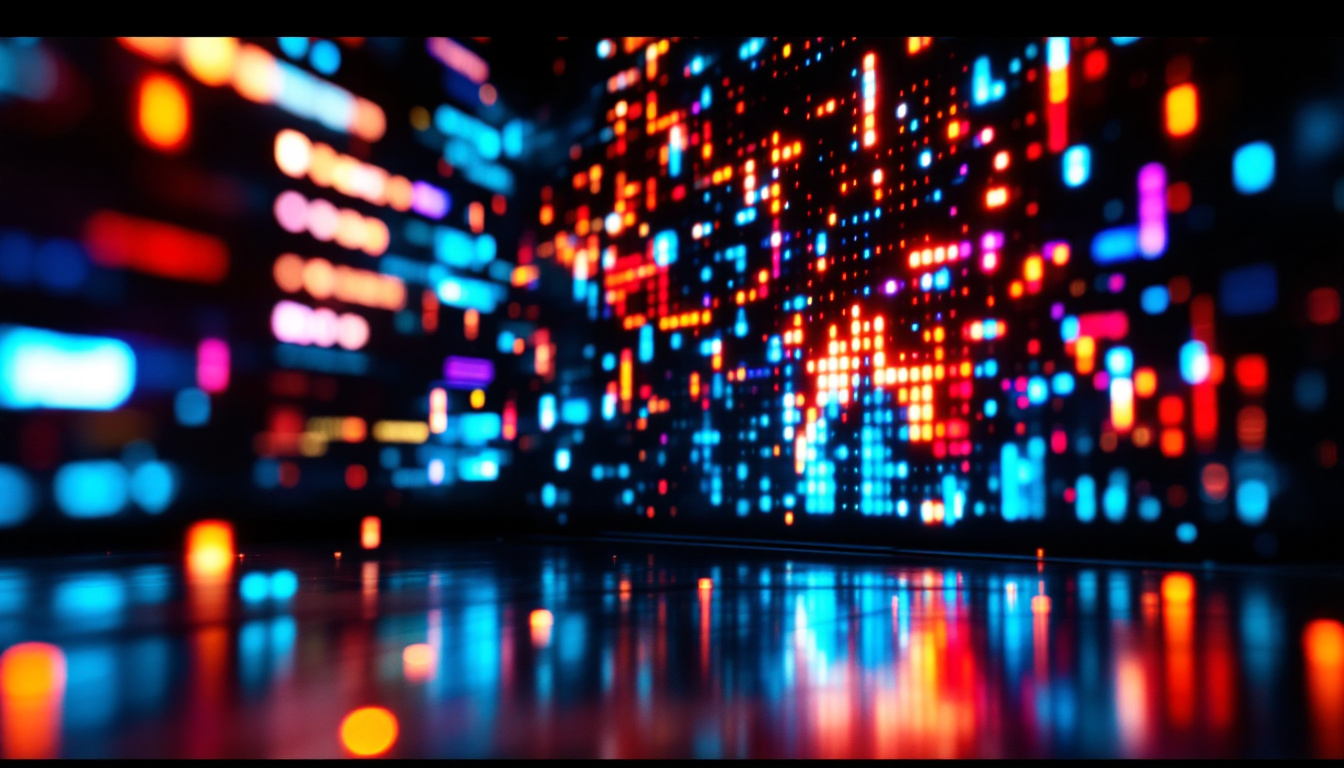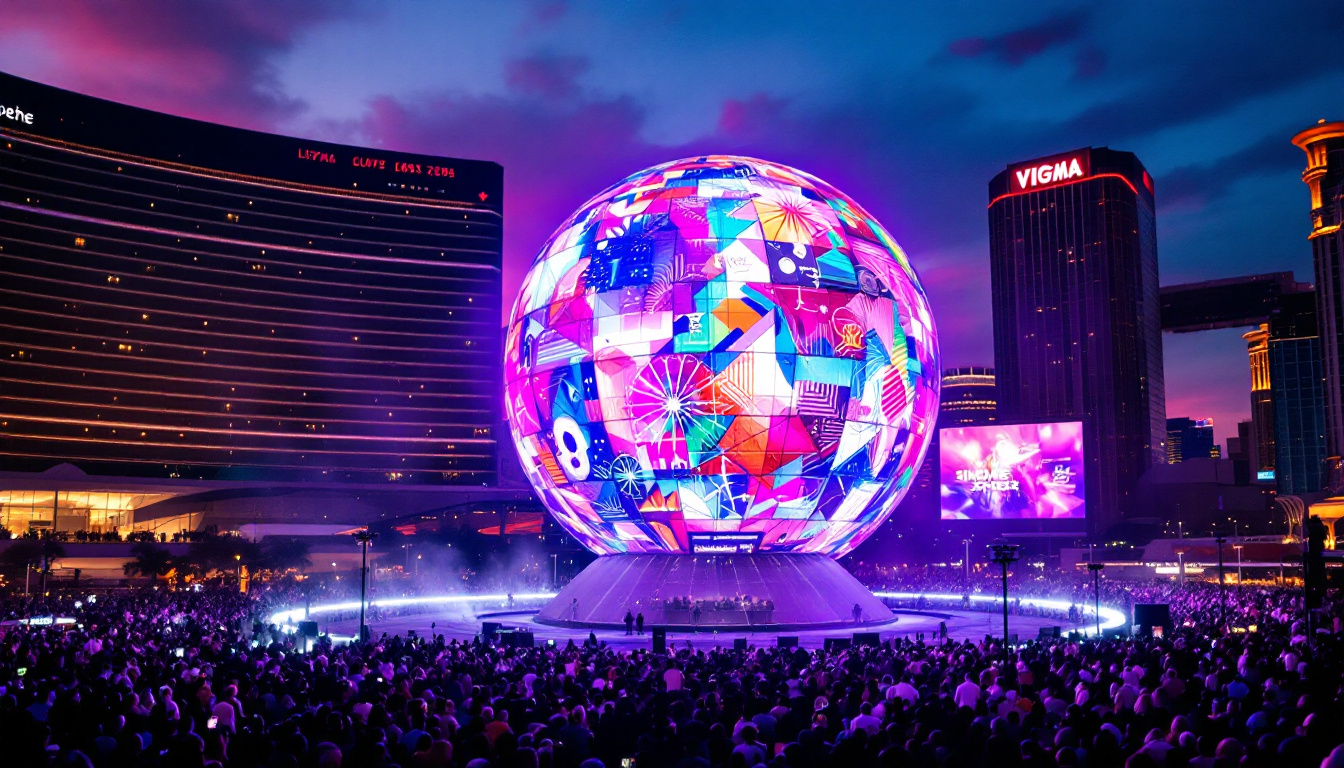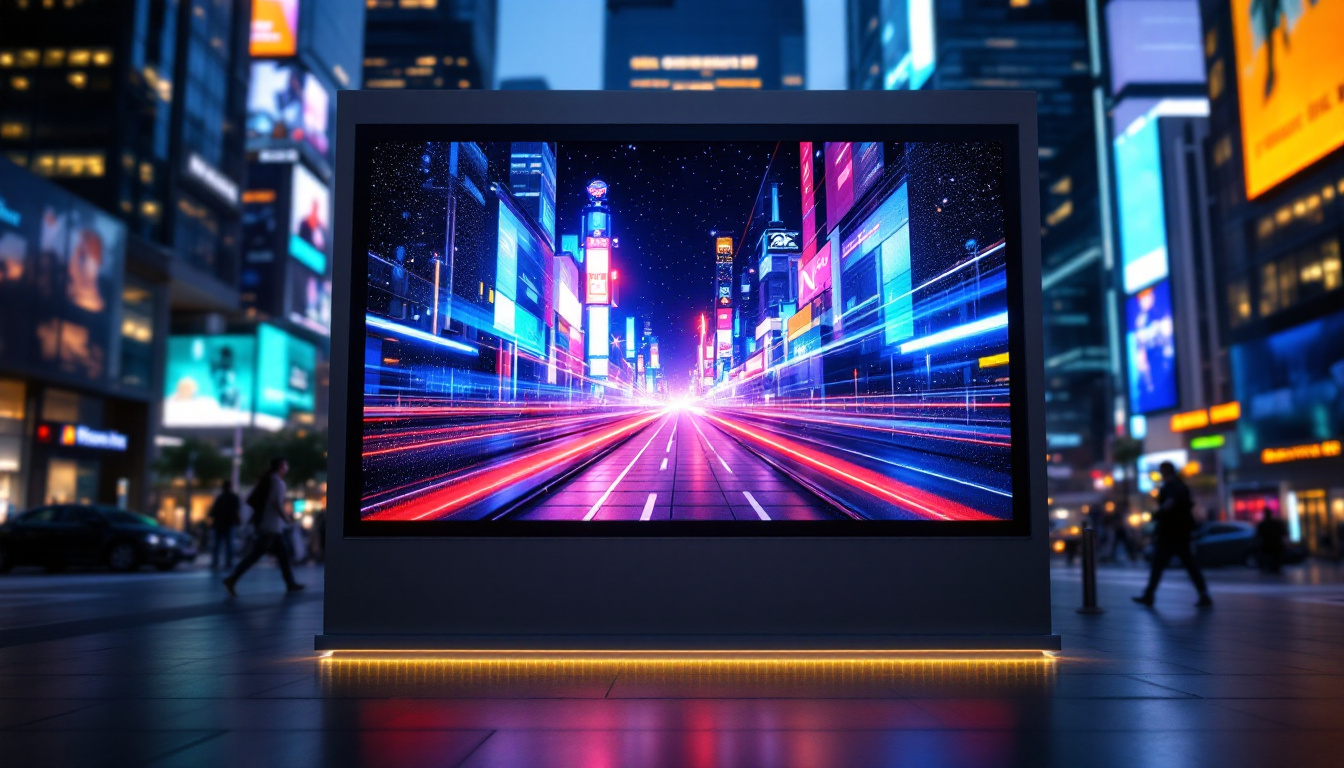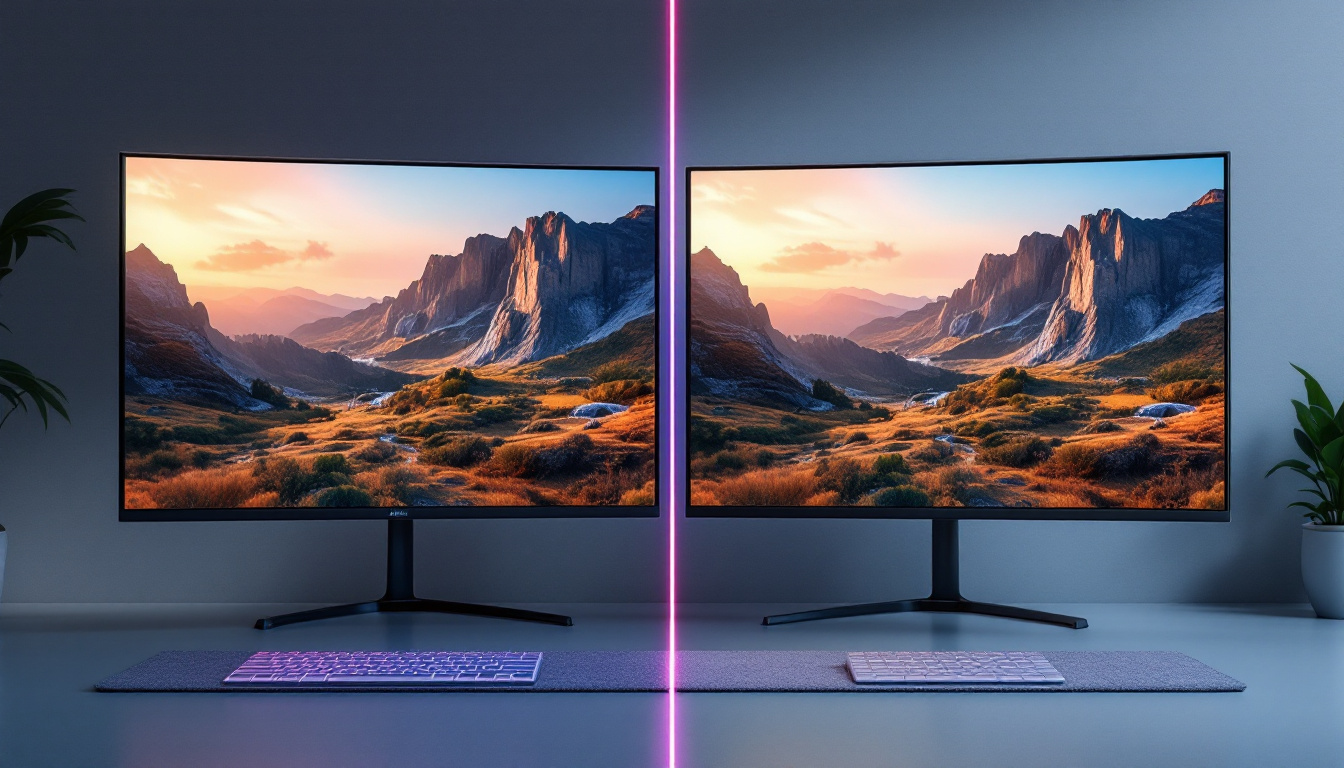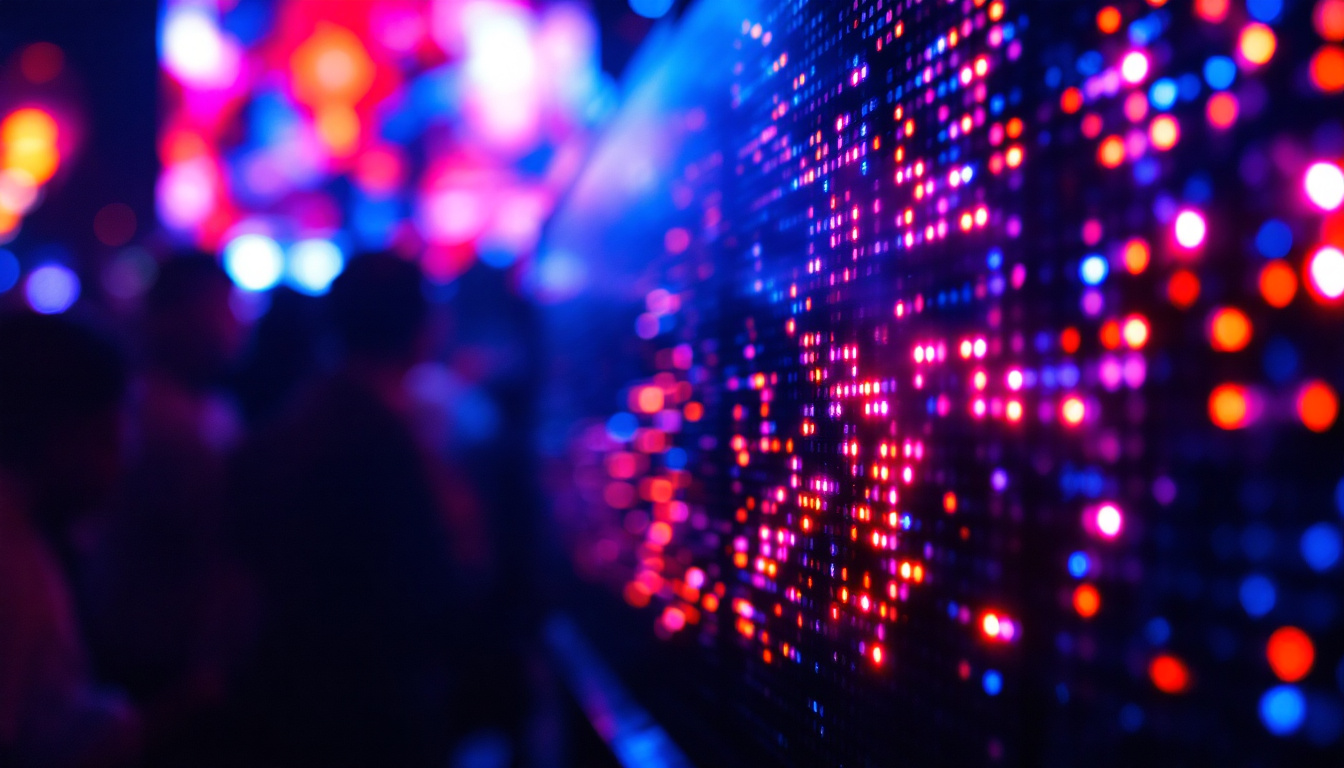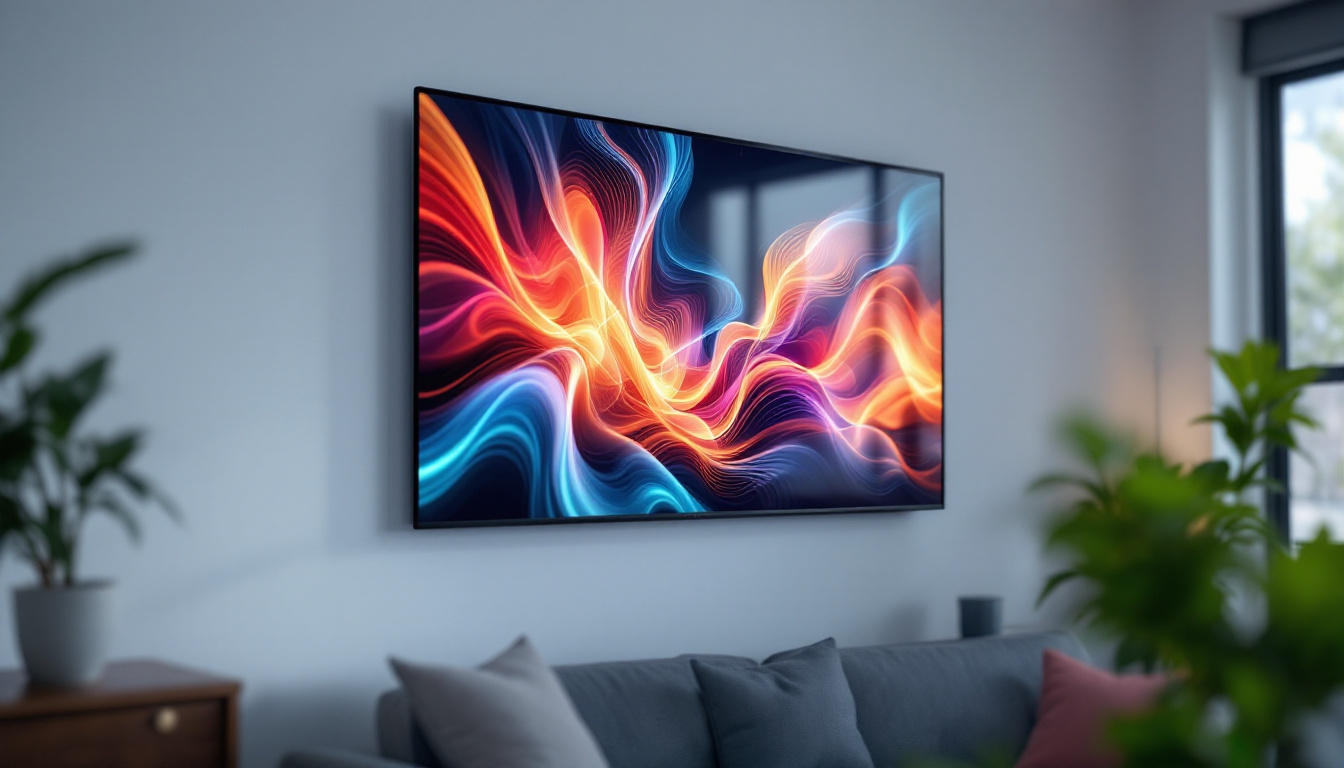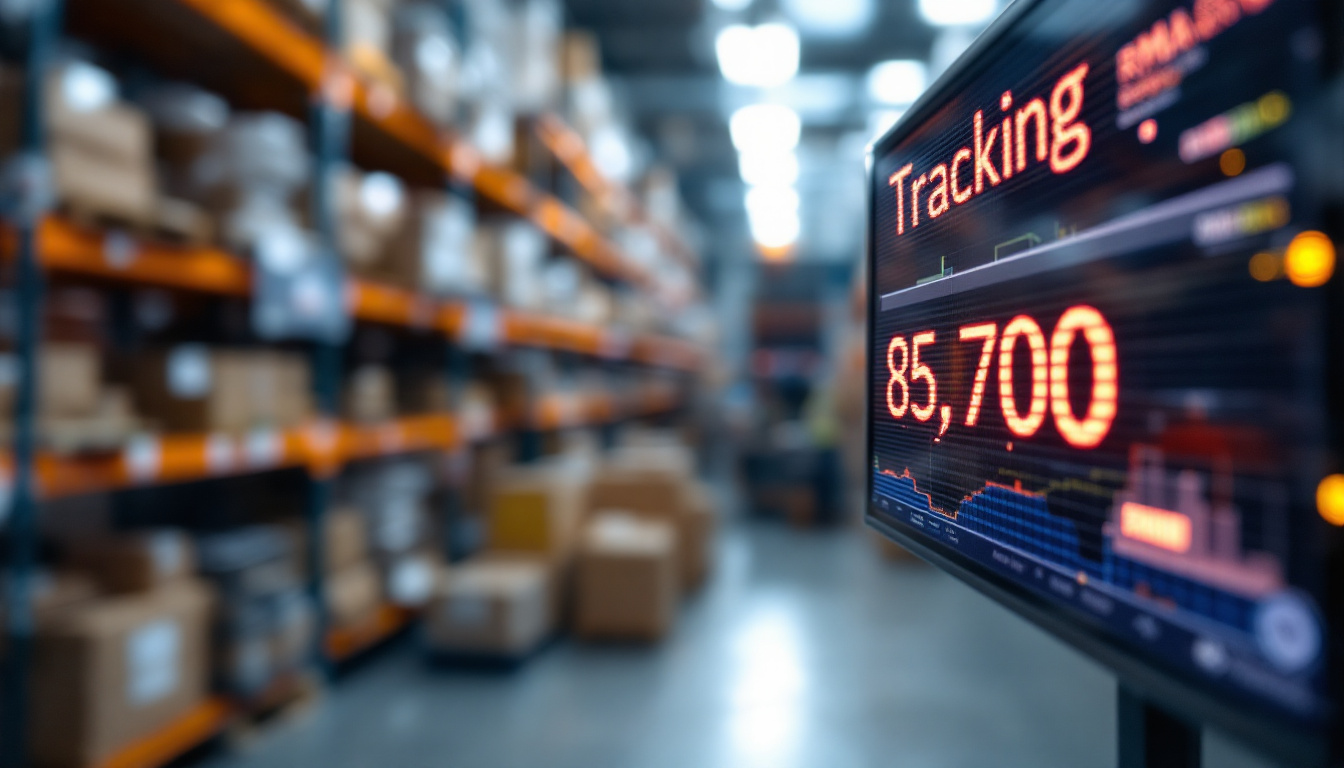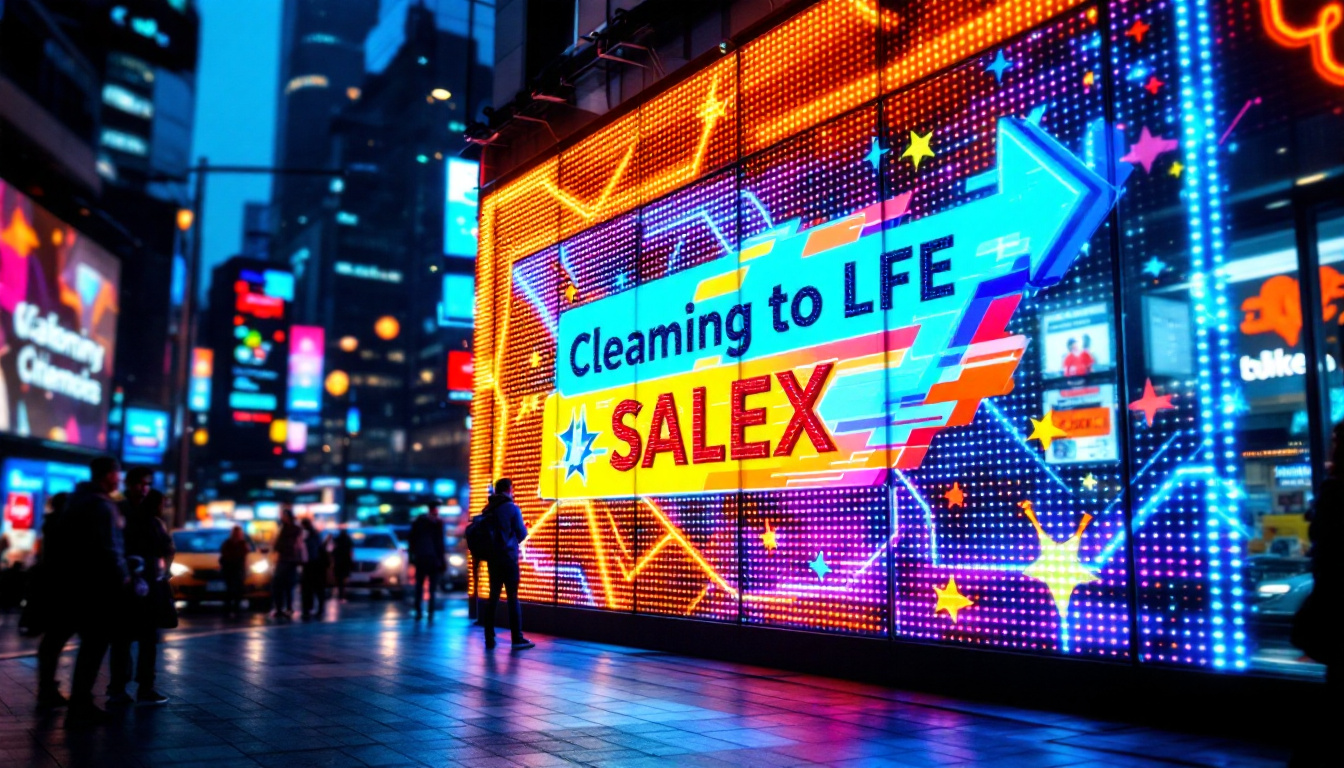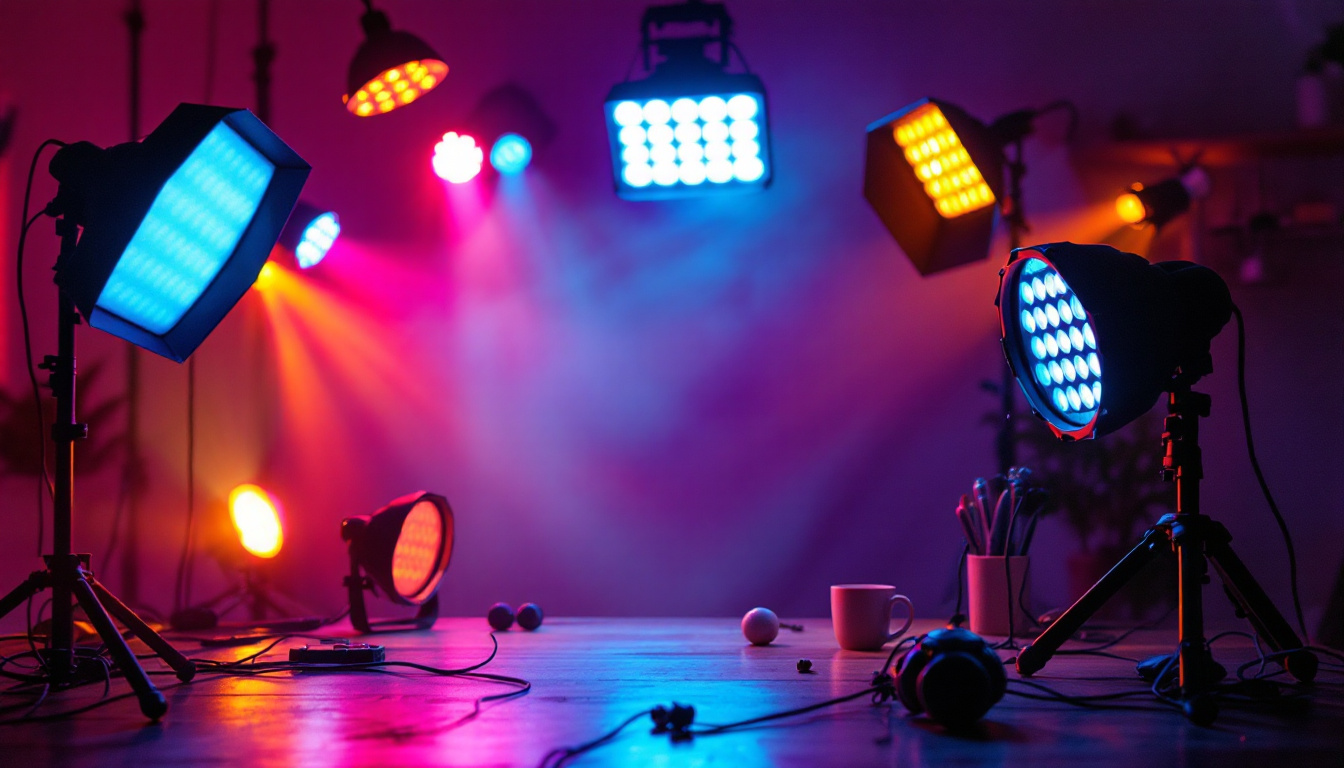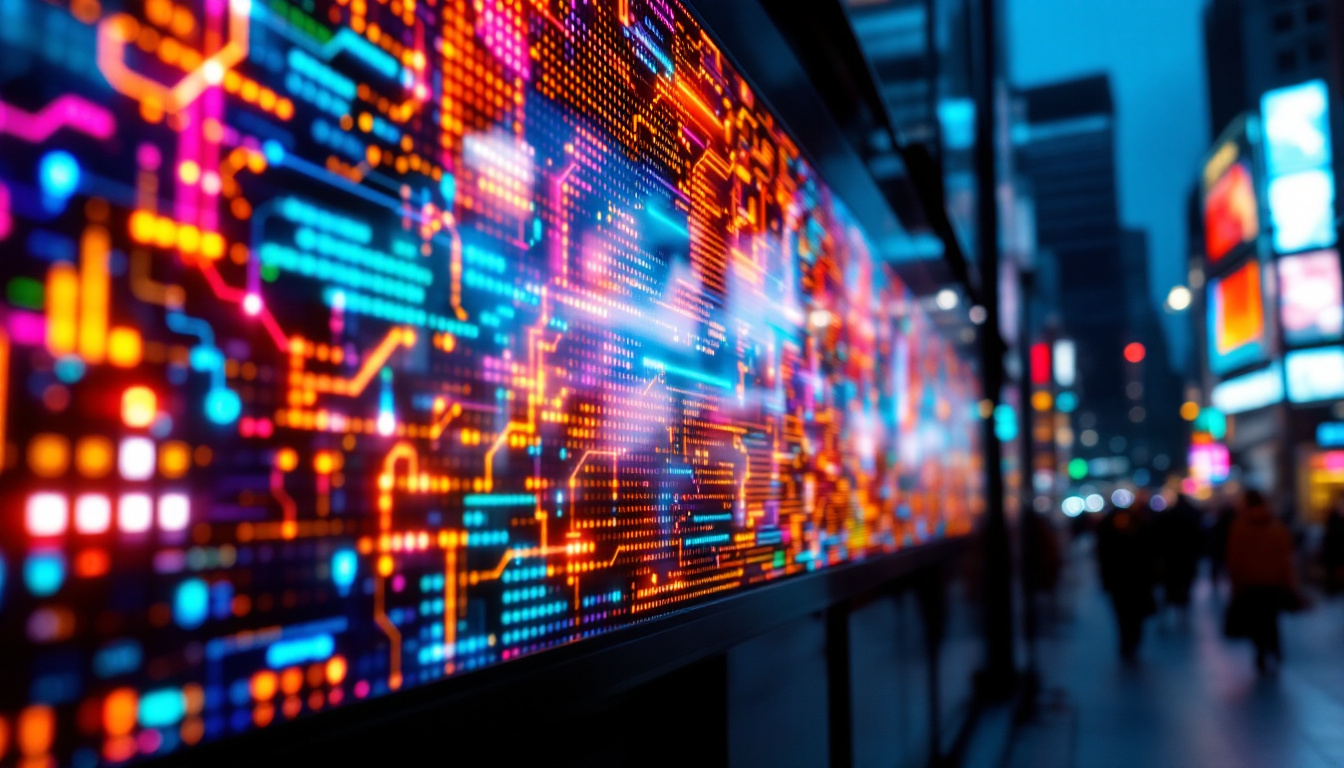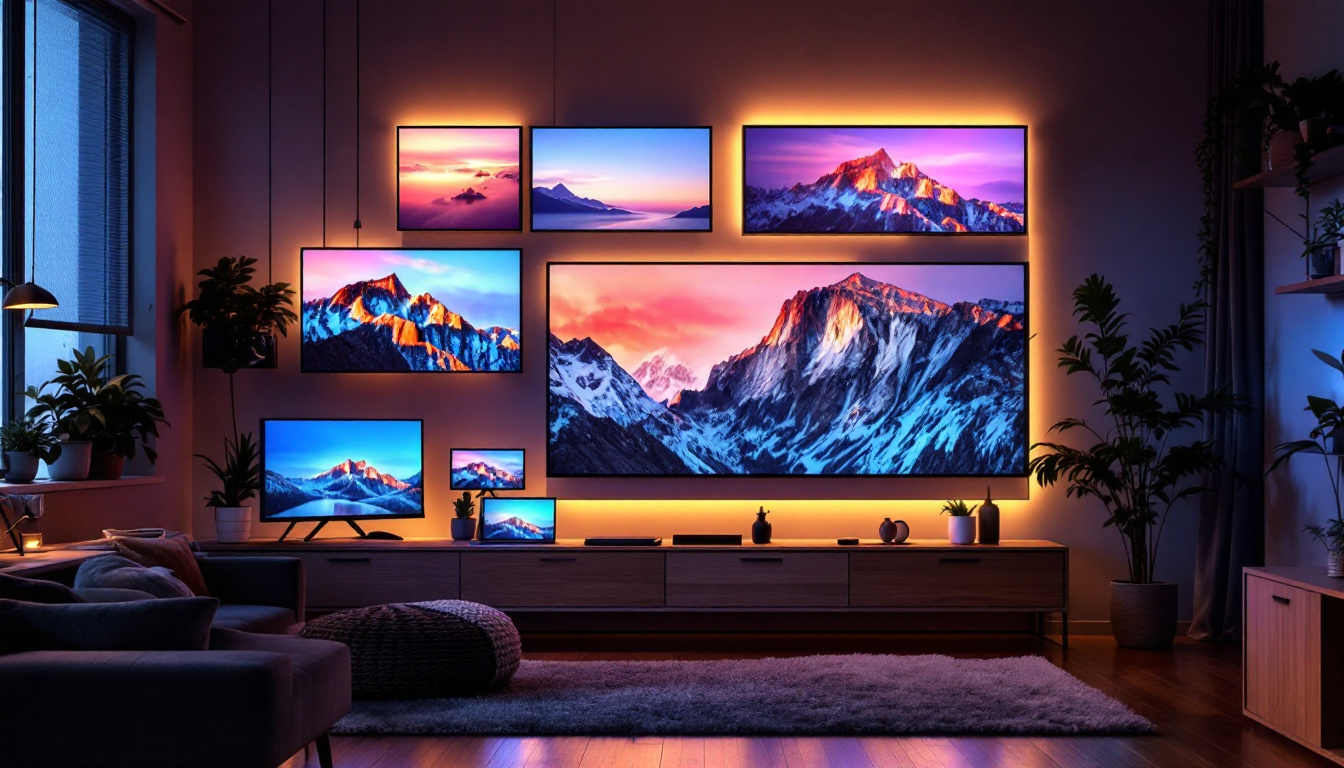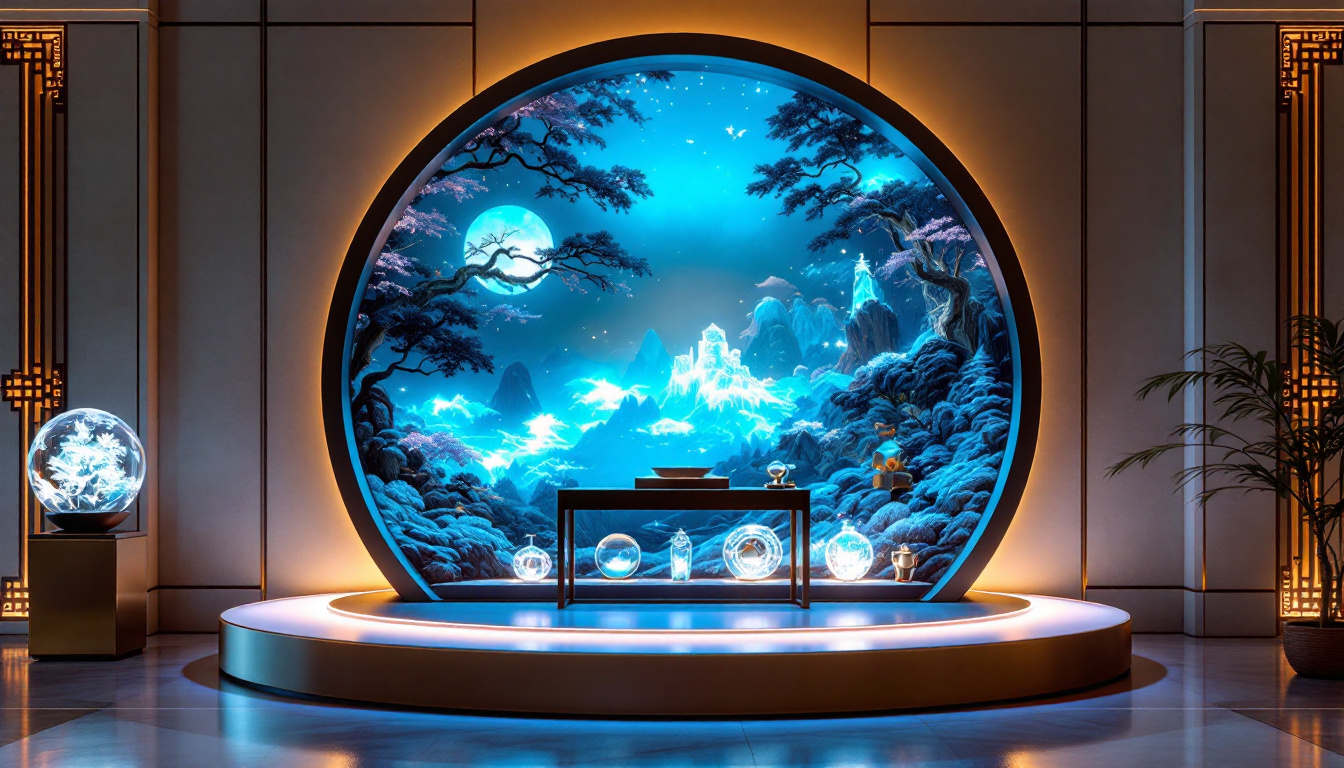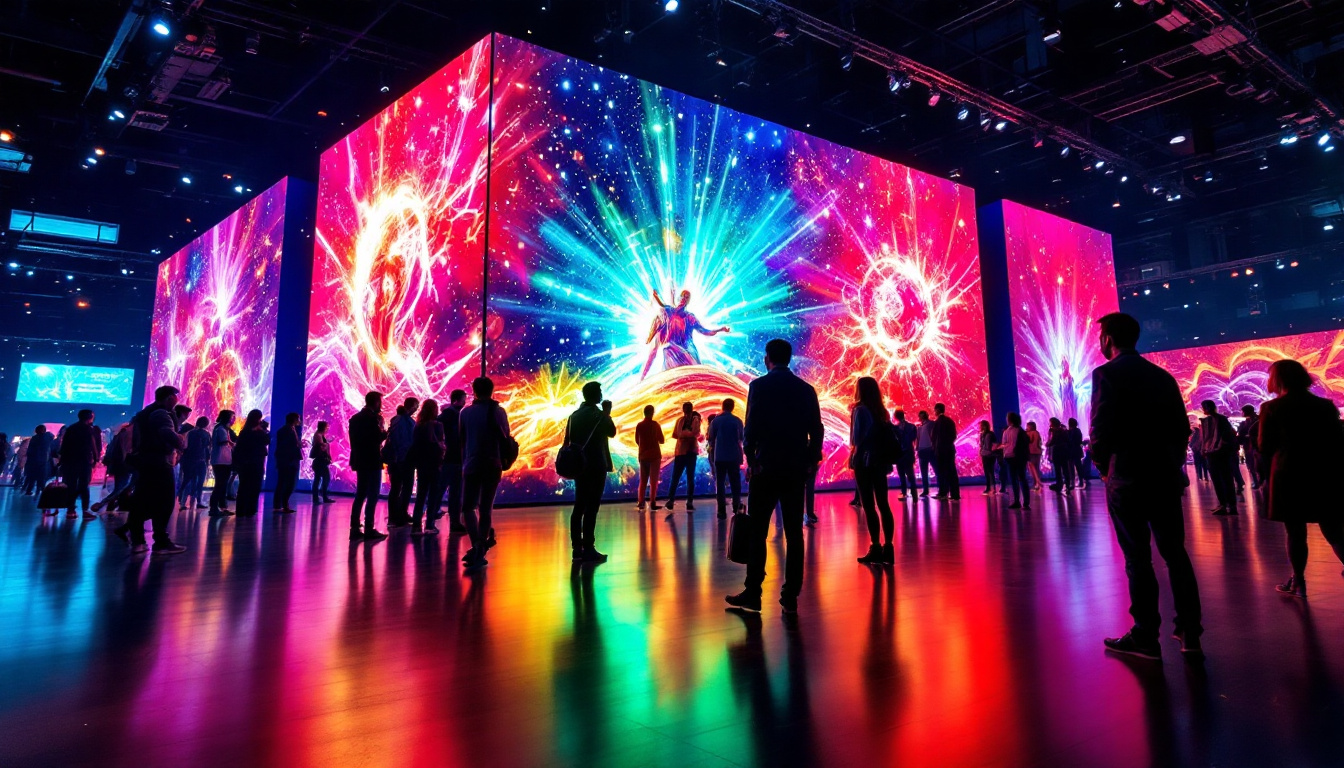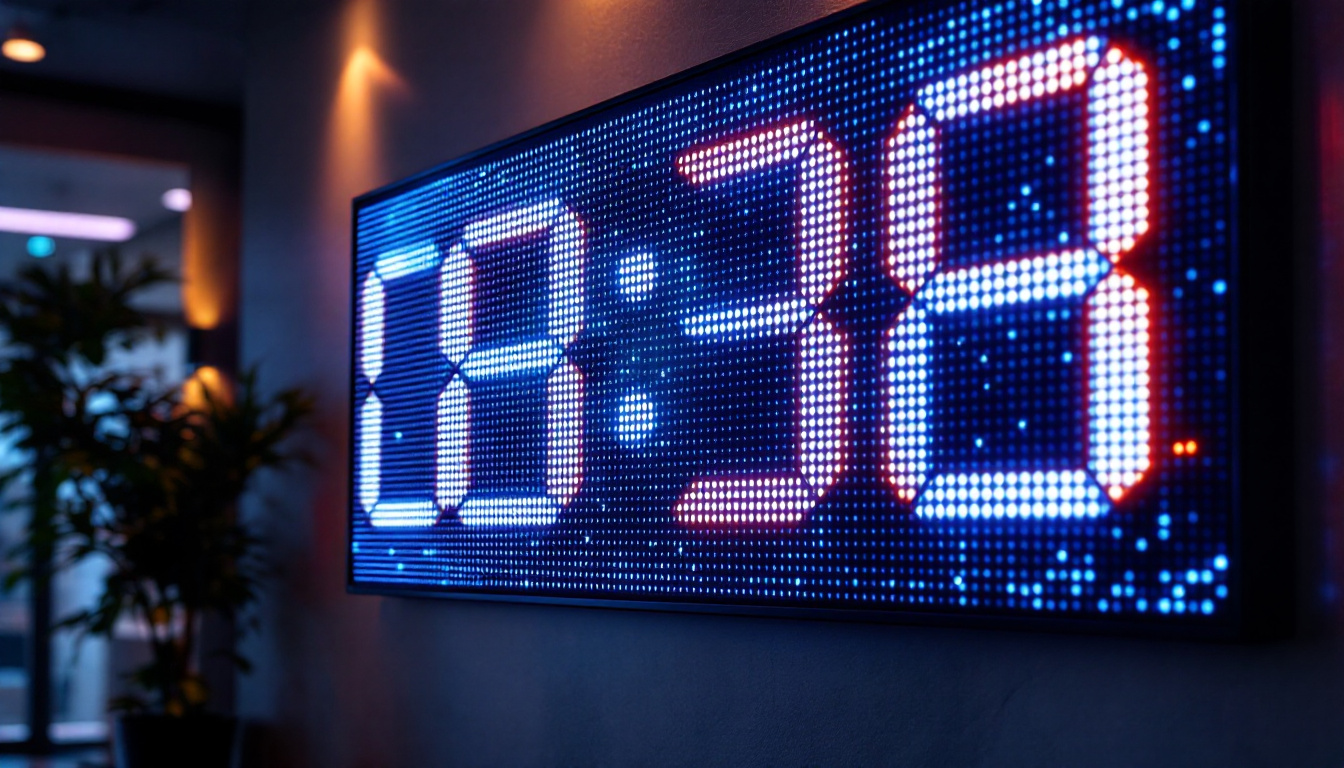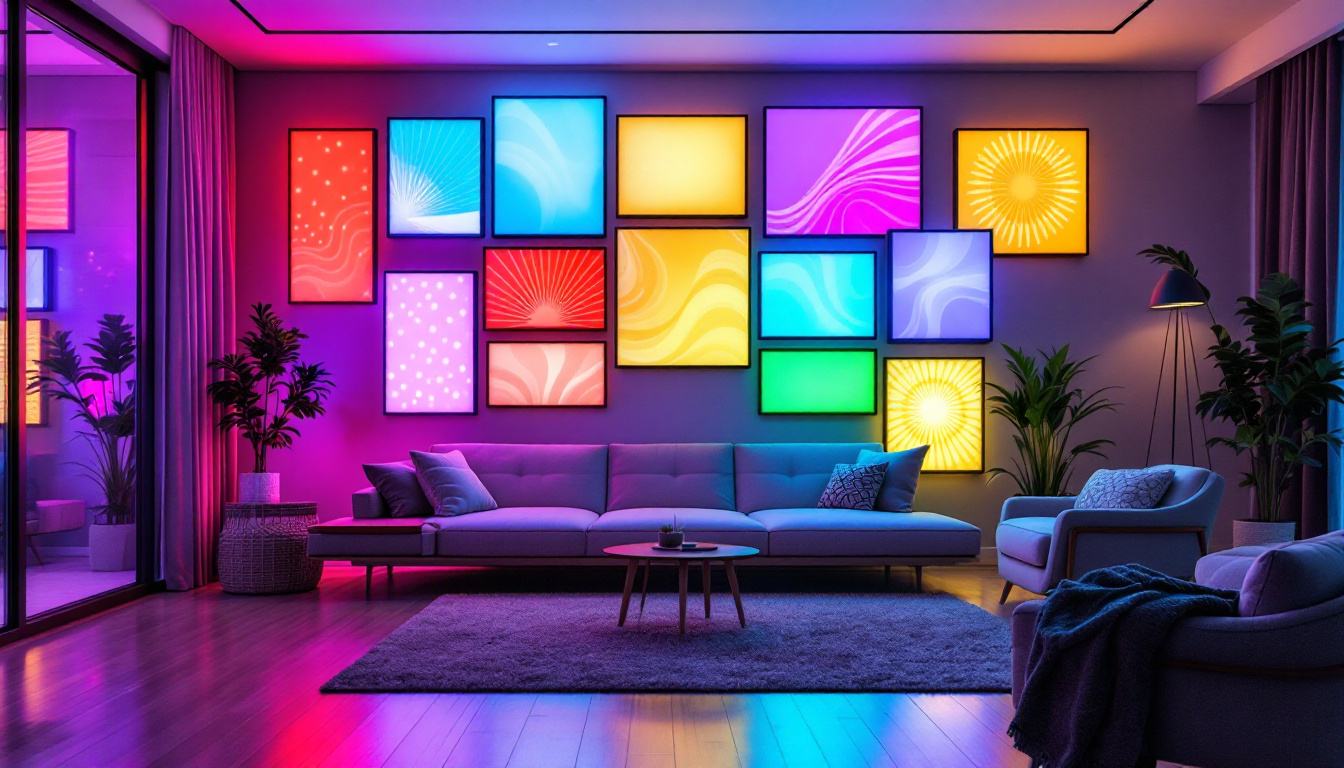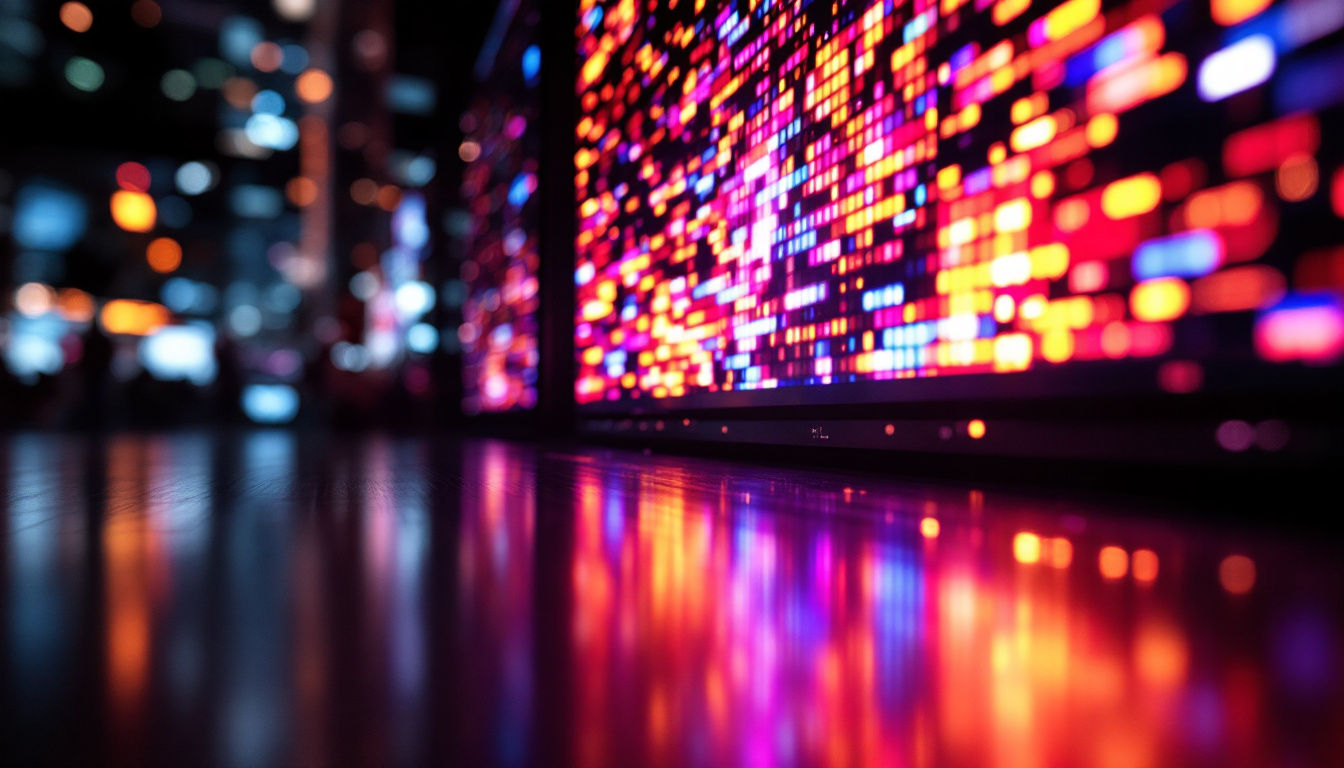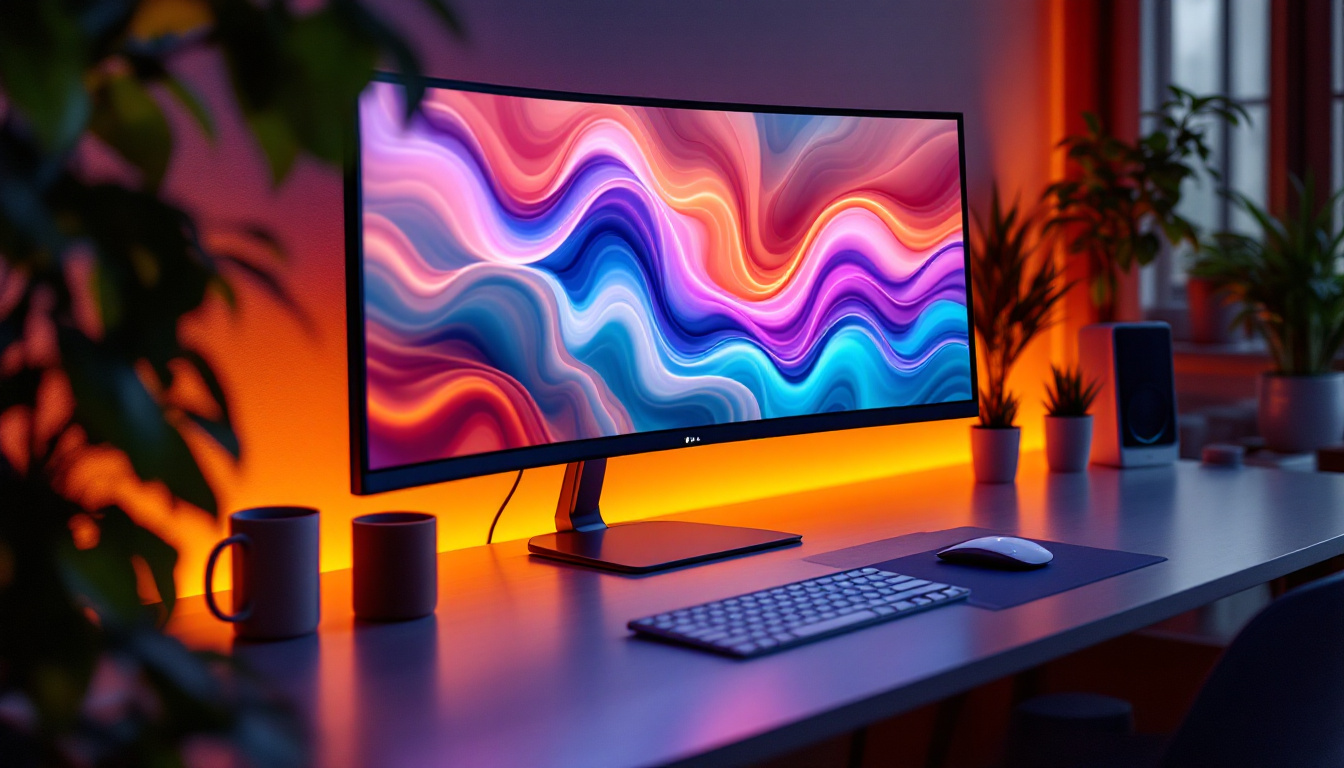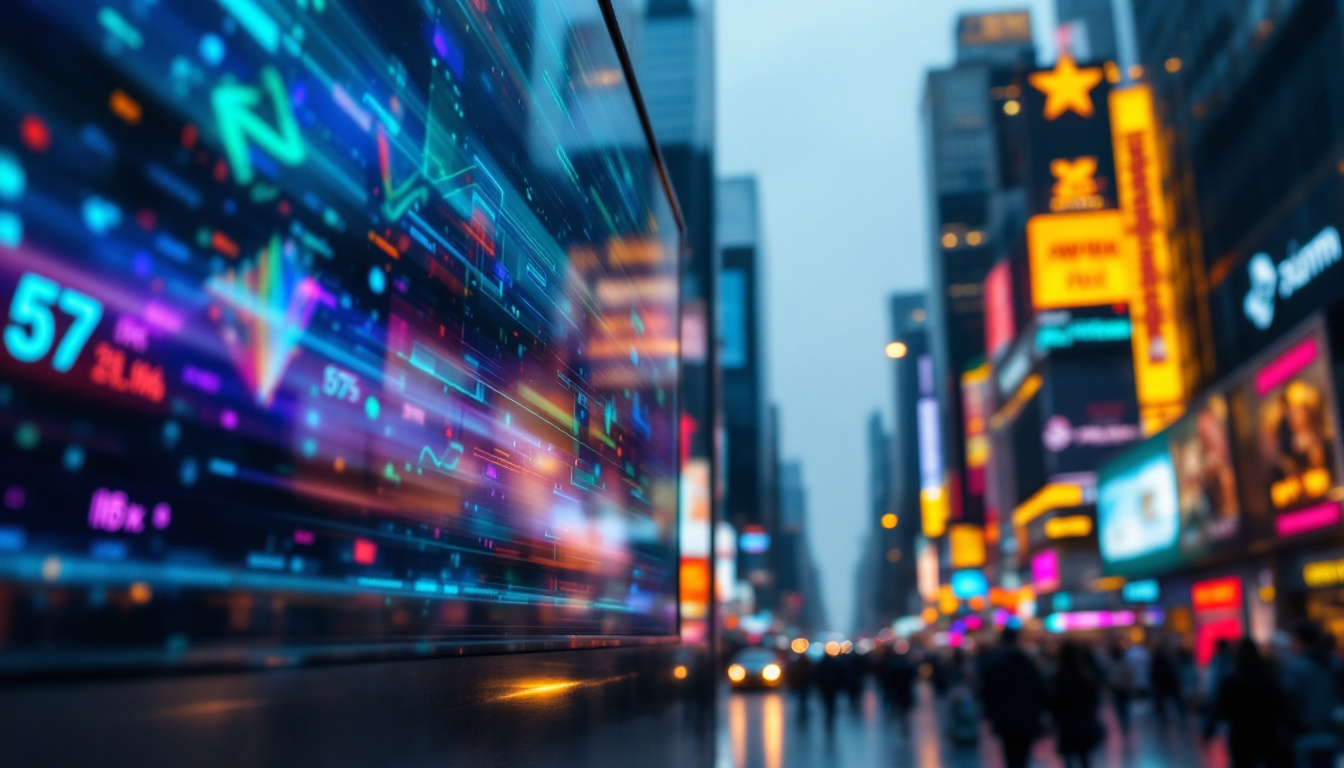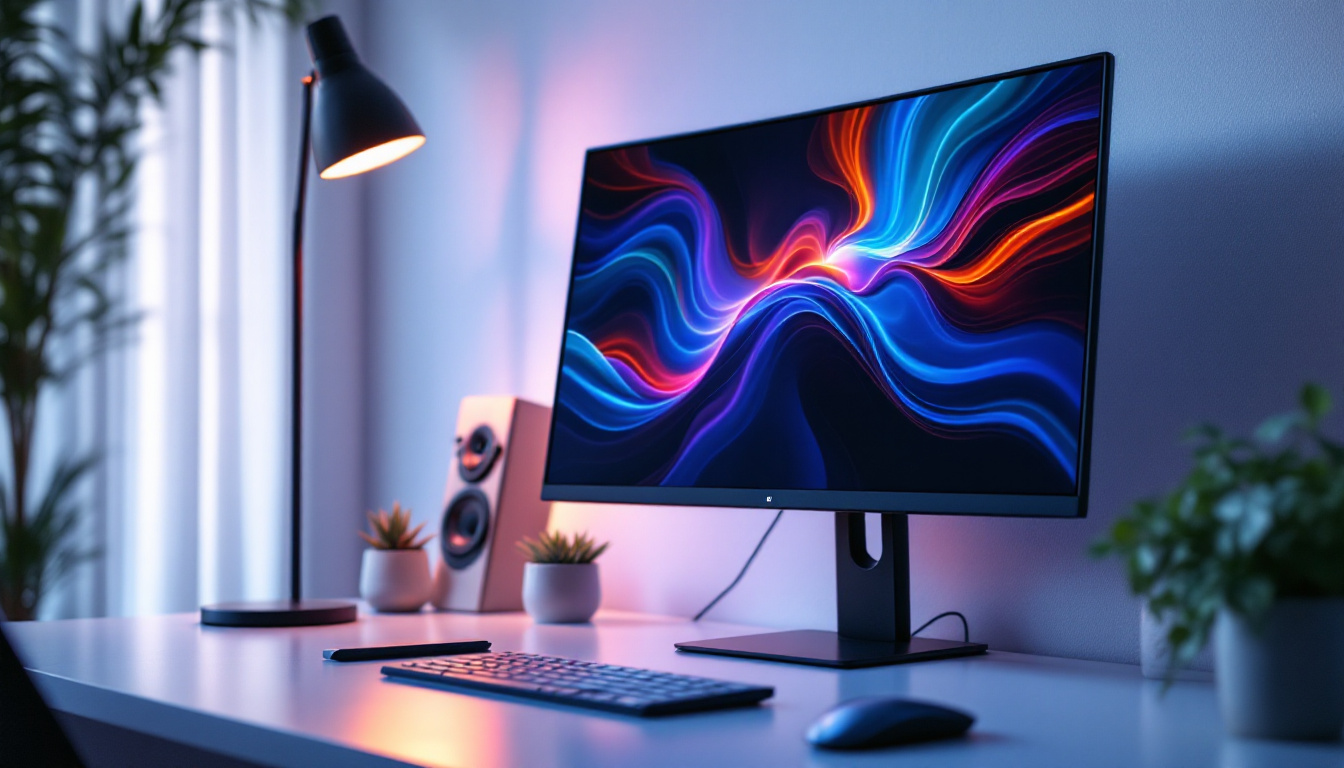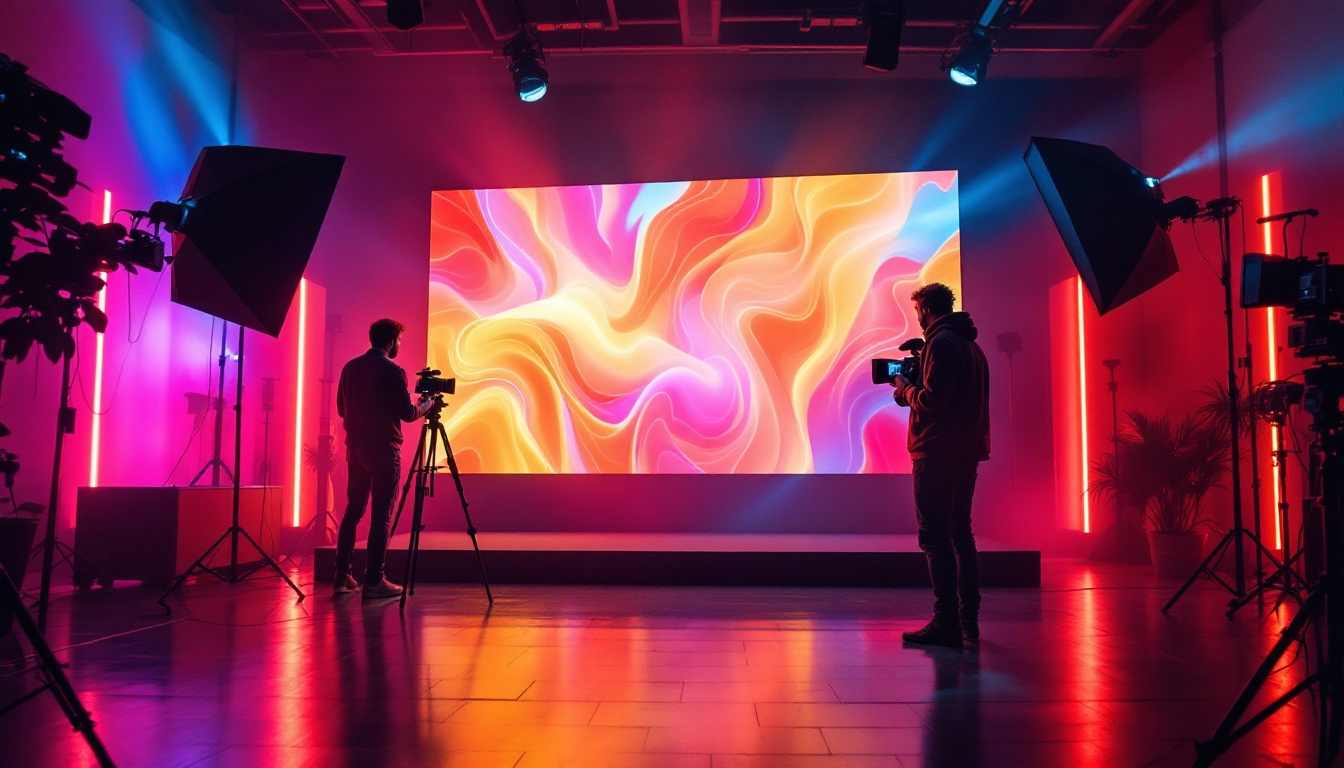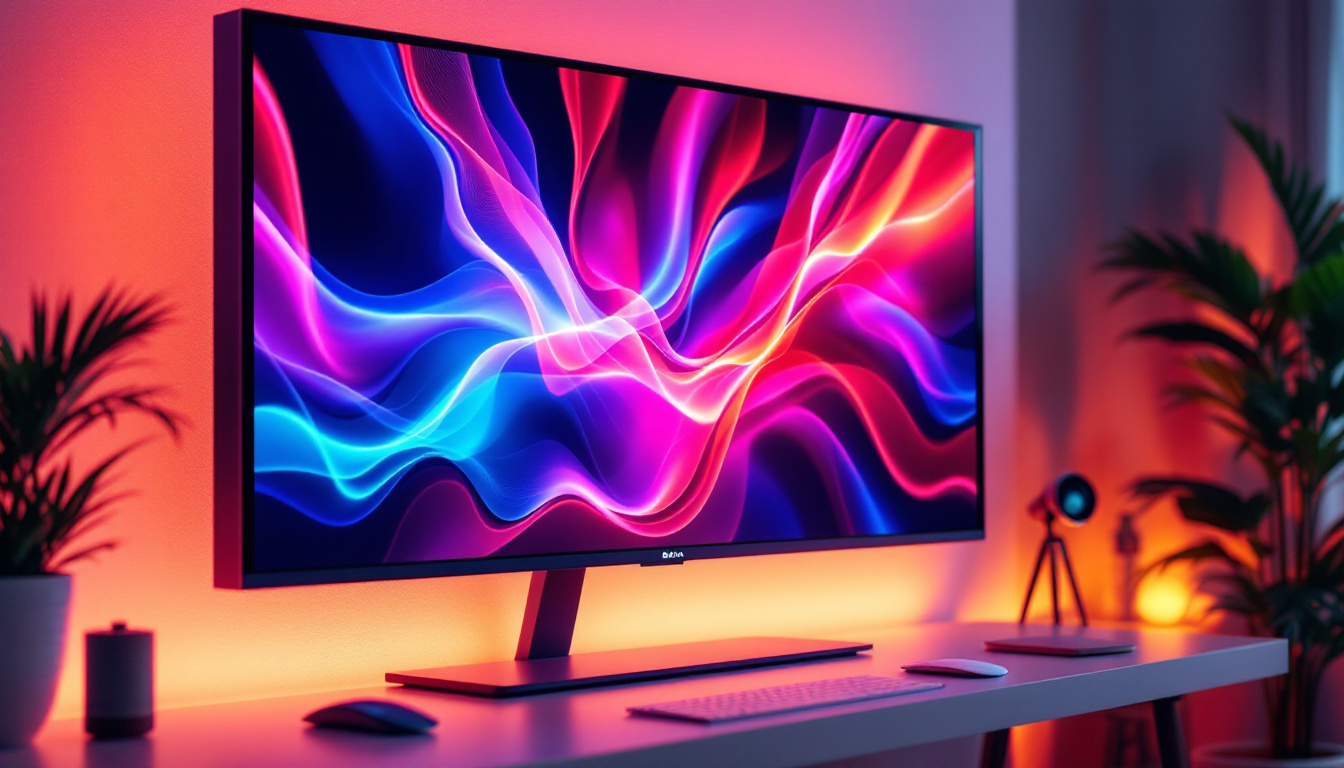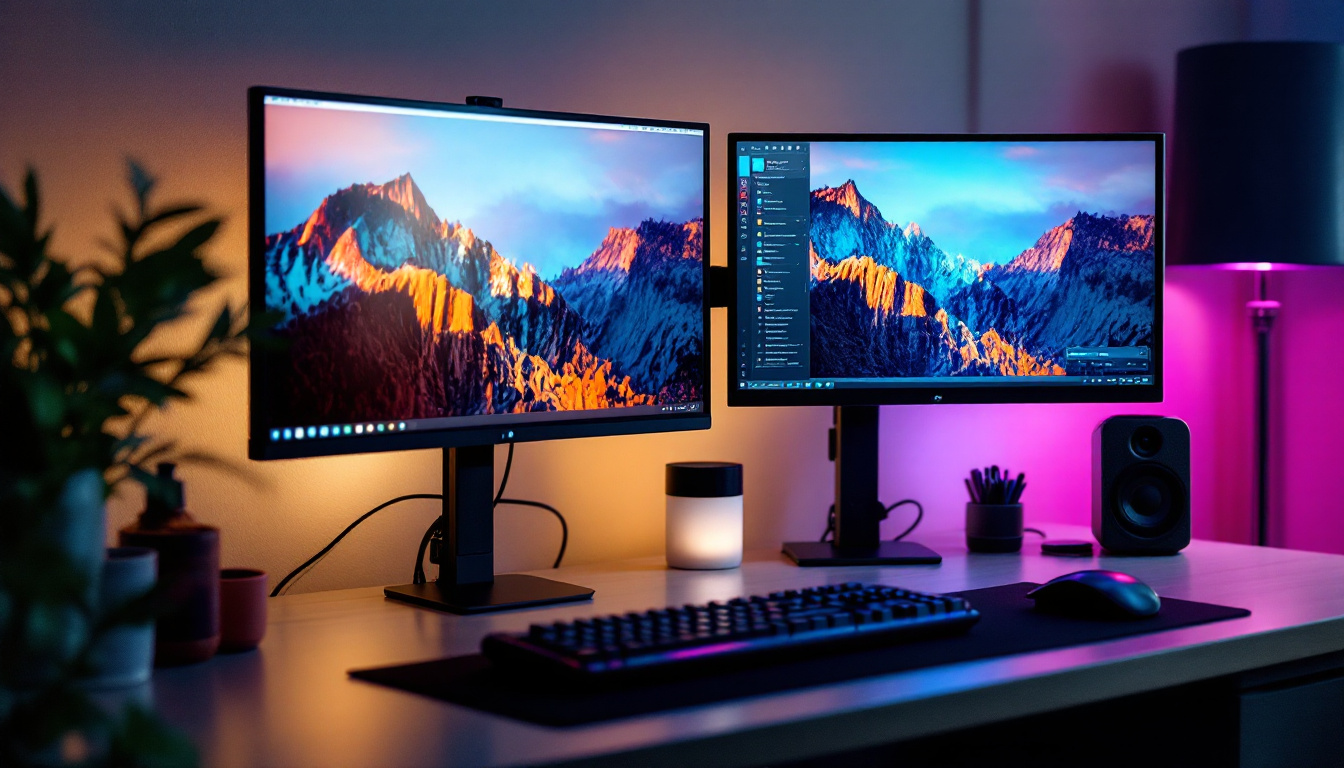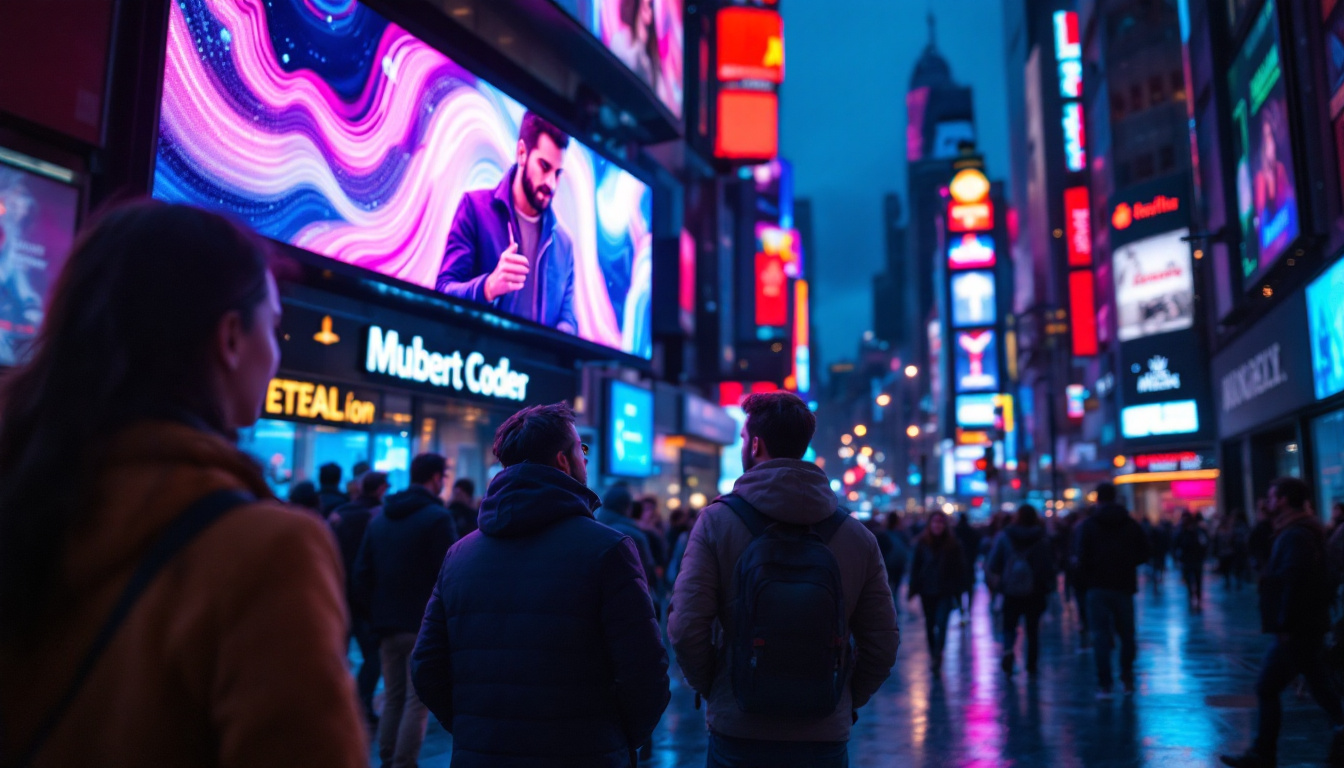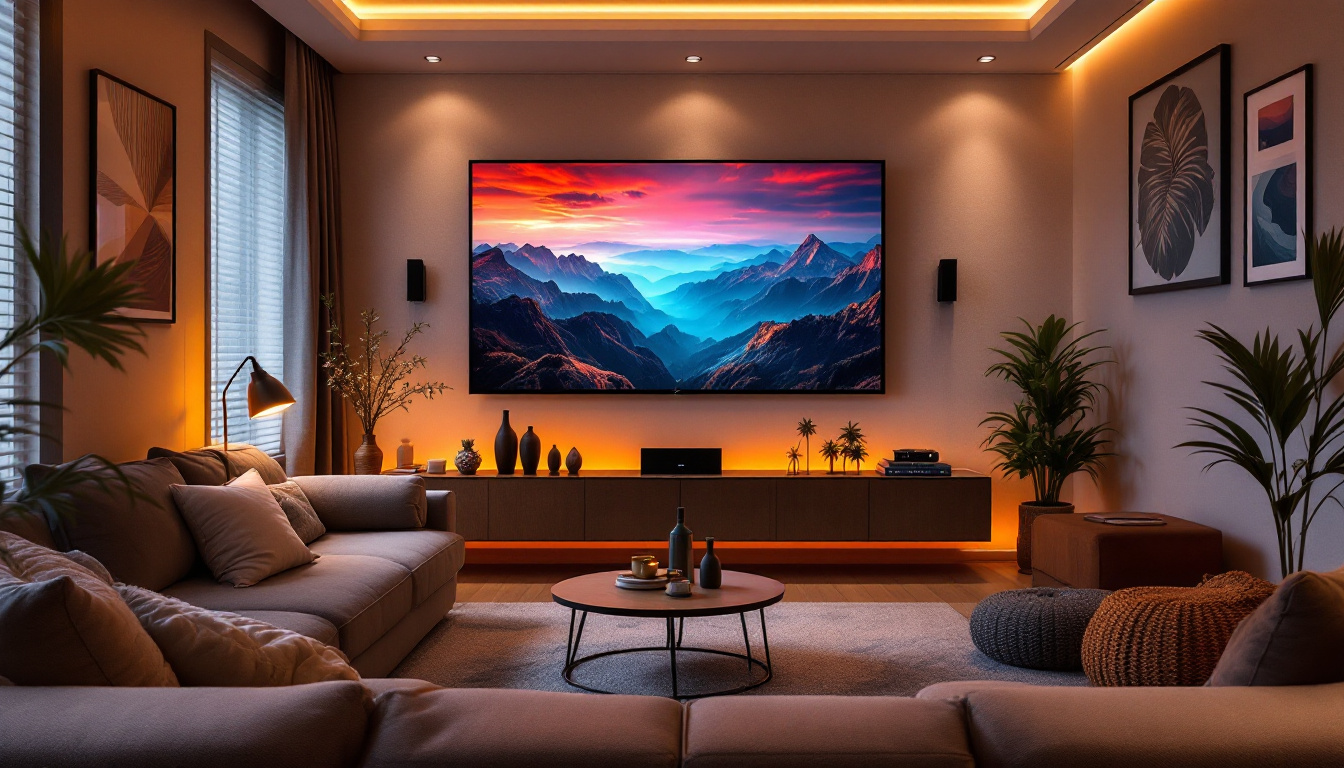In today’s digital age, LED displays have become ubiquitous, transforming the way information is presented in various environments. From advertising billboards to sports arenas, these displays offer vibrant visuals and dynamic content. But what does the term “2.07M in feet” mean in the context of LED displays? This article delves into the intricacies of LED technology, its measurements, and its applications.
Understanding LED Displays
LED, or Light Emitting Diode, displays are a type of flat panel display technology that utilizes LEDs as pixels for producing images and videos. The advantages of LED displays over traditional display technologies, such as LCD or CRT, are numerous, including energy efficiency, brightness, and longevity. These displays have revolutionized the way we consume visual content, providing sharper images and more vivid colors that enhance the viewing experience in both professional and personal settings.
The Basics of LED Technology
At the core of LED displays are tiny semiconductor devices that emit light when an electric current passes through them. These diodes can produce a wide spectrum of colors by combining red, green, and blue (RGB) lights. By adjusting the intensity of each color, it is possible to create a full-color image. This technology allows for high-resolution displays that can be used in various environments. Furthermore, the rapid response time of LEDs contributes to smoother motion rendering, making them ideal for fast-paced video content such as sports and action movies.
Types of LED Displays
There are several types of LED displays, each suited for different applications. The most common types include:
- Direct View LED: These displays consist of individual LED modules that are placed close together to create a seamless image. They are often used for large outdoor billboards and indoor screens.
- LED Backlit LCD: In this configuration, an LCD panel is illuminated by LEDs from behind. This type is commonly found in televisions and computer monitors.
- Organic LED (OLED): A more advanced technology where organic compounds emit light. OLED displays are known for their deep blacks and vibrant colors, making them popular in high-end televisions and smartphones.
In addition to these common types, there are also specialized LED displays designed for niche applications. For instance, MicroLED technology represents a significant advancement, utilizing microscopic LEDs to create displays that offer unparalleled contrast and color accuracy. These displays are still in the early stages of commercialization but hold great promise for future consumer electronics. Another interesting variant is the transparent LED display, which allows for the integration of visual content into windows or glass surfaces, creating a futuristic aesthetic while still allowing visibility through the display.
Moreover, the versatility of LED displays extends beyond consumer electronics. They are increasingly being used in various industries, including advertising, healthcare, and transportation. For example, in the advertising sector, LED displays can be programmed to change messages dynamically, allowing businesses to engage customers with real-time promotions. In healthcare, LED technology is employed in surgical lighting and diagnostic equipment, where precise color rendering is critical for accurate assessments. This adaptability showcases the transformative potential of LED technology across different fields, enhancing both functionality and user experience.
Measurement Units in LED Displays
When discussing LED displays, various measurement units come into play, including pixels, resolution, and size. Understanding these measurements is crucial for selecting the right display for a specific application.
Pixels and Resolution
The pixel is the smallest unit of a digital image, and the resolution refers to the number of pixels in a display. Higher resolution means more pixels, resulting in sharper images. For instance, a display with a resolution of 1920×1080 has 2,073,600 pixels, which is commonly referred to as 1080p. In the world of LED displays, resolutions can vary significantly, with options like 4K (3840×2160) and even 8K (7680×4320) becoming increasingly popular. These higher resolutions are particularly beneficial for applications requiring detailed visuals, such as digital signage in retail environments or high-definition video walls in control rooms.
Size and Dimensions
The size of an LED display is often measured in inches diagonally, similar to televisions. However, for larger installations, measurements may also be given in square feet or square meters. This is where the term “2.07M in feet” comes into play, as it translates to approximately 6.8 feet, indicating the size of a display area. It’s important to consider not just the physical size but also the viewing distance; larger displays with lower pixel density may appear pixelated when viewed up close, while smaller displays with higher pixel density can maintain clarity even at short distances. Additionally, the aspect ratio of the display, which is the ratio of its width to its height, plays a significant role in how content is presented. Common aspect ratios include 16:9 for widescreen formats and 4:3 for traditional displays, each serving different purposes and audience engagement strategies.
Calculating 2.07M in Feet
To understand the significance of “2.07M in feet,” it is essential to convert meters to feet. The conversion factor is that 1 meter equals approximately 3.28084 feet. Therefore, to convert 2.07 meters to feet, the calculation is as follows:
2.07 meters * 3.28084 = 6.8 feetThis measurement can be crucial for determining the appropriate size of an LED display for a given space, ensuring that it fits well within the intended environment. Knowing the exact dimensions helps in planning the layout and maximizing the visual impact, especially in crowded or compact areas where every inch counts.
Practical Applications of 2.07M Displays
Displays measuring around 2.07 meters (or 6.8 feet) can be found in various settings. They are often ideal for retail environments, exhibition booths, and small venues where space is limited but impactful visuals are still needed. For instance, in a retail store, a display of this size can attract customers from a distance, showcasing promotional videos or advertisements that draw attention without overwhelming the space.
Moreover, in the context of exhibitions, a 2.07M display can serve as a focal point, allowing brands to present their messages in an engaging manner. These displays can be used for interactive presentations, product demonstrations, or even as part of a larger multimedia installation. The versatility of a display of this size makes it suitable for both indoor and outdoor applications, providing flexibility for event planners and marketers alike. Additionally, with advancements in display technology, these screens can offer high-resolution visuals, ensuring that the content is not only visible but also captivating, enhancing the overall experience for viewers.
Benefits of LED Displays
LED displays offer numerous advantages over traditional display technologies. Their unique features make them suitable for a wide range of applications.
Energy Efficiency
One of the most significant benefits of LED technology is its energy efficiency. LED displays consume less power compared to traditional displays, leading to lower operational costs. This efficiency makes them an environmentally friendly option, aligning with the growing emphasis on sustainability. In fact, many businesses are now opting for LED displays not just for their cost-saving potential, but also as part of their corporate responsibility initiatives. By reducing energy consumption, companies can significantly lower their carbon footprint, contributing to a greener planet.
Brightness and Visibility
LED displays are known for their exceptional brightness, making them easily visible in various lighting conditions. This characteristic is particularly beneficial for outdoor displays, where sunlight can wash out images on less powerful screens. The high visibility ensures that messages reach the intended audience effectively. Additionally, the ability to adjust brightness levels allows for optimal viewing experiences at different times of the day, enhancing user engagement. This adaptability is crucial for businesses that rely on dynamic advertising, as it ensures that their content remains eye-catching and impactful, regardless of the environment.
Longevity and Durability
Another notable advantage of LED displays is their longevity and durability. Unlike traditional screens that may suffer from burn-in or require frequent replacements, LED displays are designed to last significantly longer, often exceeding 50,000 hours of use. This durability not only reduces maintenance costs but also minimizes downtime, which is essential for businesses that depend on continuous operation. Moreover, LED technology is less susceptible to damage from shocks and vibrations, making it an ideal choice for high-traffic areas or events where displays may be exposed to rough handling.
Versatility in Design
LED displays come in a variety of shapes and sizes, offering unparalleled versatility in design. From large-scale billboards to small indoor screens, the adaptability of LED technology allows for creative installations that can fit any space or aesthetic. This flexibility is particularly advantageous for events and exhibitions, where custom displays can be tailored to match specific themes or branding requirements. Furthermore, advancements in technology have led to the development of flexible and transparent LED screens, opening up new possibilities for innovative advertising and artistic displays that were previously unattainable.
Challenges and Considerations
Despite their many advantages, LED displays also come with challenges that must be considered when planning an installation.
Cost Factors
While the prices of LED displays have decreased over the years, they can still represent a significant investment, especially for high-quality models. Budget considerations are essential, particularly for businesses looking to implement large-scale displays.
Maintenance and Lifespan
LED displays are generally durable, but they do require regular maintenance to ensure optimal performance. Dust and debris can accumulate, affecting image quality. Additionally, while LED technology has a long lifespan, components may need replacement over time, which can incur additional costs.
Future Trends in LED Display Technology
The LED display industry is continually evolving, with advancements in technology leading to exciting new trends. Understanding these trends can help businesses and consumers make informed decisions about their display needs.
Advancements in Resolution
As technology progresses, the resolution of LED displays continues to improve. Ultra-high-definition (UHD) displays are becoming more common, offering resolutions that exceed 4K. This trend allows for even more detailed and vibrant images, enhancing the viewer experience.
Integration with Smart Technology
Another emerging trend is the integration of LED displays with smart technology. This includes features such as touch interactivity, connectivity to the internet, and compatibility with mobile devices. Such advancements open up new possibilities for interactive advertising and user engagement.
Conclusion
LED displays have revolutionized how information is conveyed in various settings, from advertising to entertainment. Understanding the measurements, such as “2.07M in feet,” is crucial for selecting the right display for specific applications. With their energy efficiency, brightness, and evolving technology, LED displays are likely to remain at the forefront of visual communication for years to come.
As the industry continues to innovate, businesses and consumers alike can look forward to even more exciting developments in LED display technology. Whether it’s for a small retail space or a large outdoor billboard, the future of visual displays is bright.
Explore the Future of Visual Displays with LumenMatrix
Ready to elevate your visual communication with cutting-edge LED display technology? LumenMatrix is at the forefront of innovation, offering a diverse range of LED display solutions tailored to your needs. From vibrant Indoor and Outdoor LED Wall Displays to dynamic Vehicle and Sports LED Displays, our products are designed to captivate your audience and amplify your message. Discover the possibilities with our LED Poster Displays, Floor LED Displays, Custom LED Displays, All-in-One LED solutions, and LED Transparent Displays. Experience the transformative power of LumenMatrix and take the first step towards revolutionizing your brand’s visibility. Check out LumenMatrix LED Display Solutions and join the visual revolution today.

